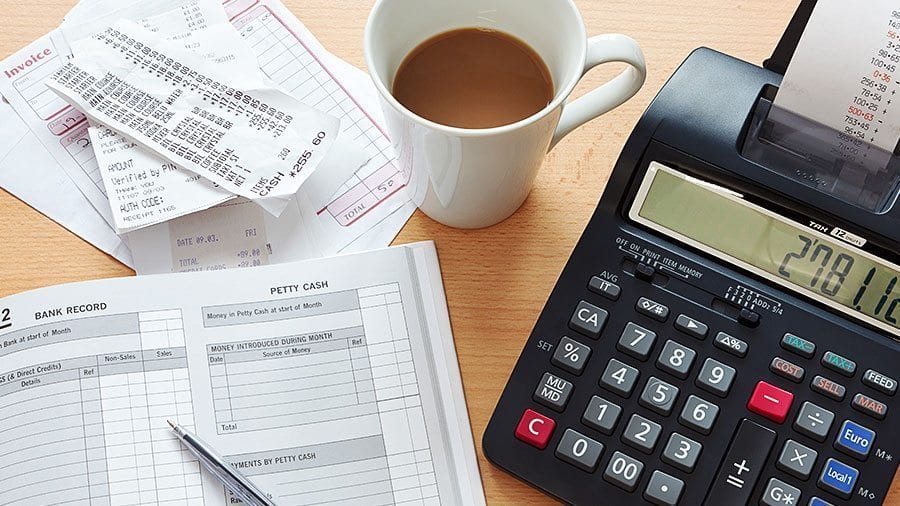A general ledger is where all of a company’s financial activity is recorded on a monthly basis. In the past, the general ledger was a large book that accounting professionals used to manually write-in entries in order to keep track of multiple account activities in one place. Today, some accounting professionals choose to still use books, but ledgers are now typically built into standard accounting software as a file.
If you’re planning on pursuing a career in accounting, the ledger will be a great tool for helping you keep track of things like account balances, transactions, company assets, and more without having to sort through multiple files. Read on to find out how and when you’ll make ledger entries, and for some examples of what your future entries could look like.
Using the Double-Entry Bookkeeping Method
In business, most professionals with accounting training use a double-entry accounting system where every transaction gets recorded in more than one account. The first account is a debit account, and the second is a credit account. Accounting journals are typically divided into columns with debits on the left, and credits on the right. Accounts increase with debits and decrease with credits, so ideally, you’ll want the figures to balance.
Let’s say, for example, you’re entering a transaction from a company’s cash account. At the beginning of the month, there’s $15,000 in the account. The owner goes out one day and purchases 4 new laptops for employees, at a total of $2,800. The purchase would go under the credit column, making a new balance of $12,200. Had the purchase exceeded the amount of money in the company’s cash account, the balance would reflect in the credit column, showing that the company’s cash is overdrawn.
You’ll learn during your training that it’s usually at the end of the month that all account balances and activities get entered into a general ledger. This makes it much easier for professionals pursuing careers in accounting to generate monthly reports since all the details will be in one place.

The double-entry method helps accounting pros make sure everything adds up
Transactions You’ll Enter into a Ledger
You’ll learn during your accounting courses that ledgers can be used for much more than just tracking a company’s cash flow. Any activity revolving around a company’s assets, including payments towards equipment, or anything that contributes to the increase or decrease of a company’s overall value is summarized in a ledger at the end of a given month.
Liability transactions such as salary payments and accounts payable are also examples of ledger entries you’ll make to reflect the monthly financial activity. Equity transactions are also important ledger entries because they reflect any time a company uses its assets to pay off liabilities. After an equity transaction, such as making a mortgage payment, the total value of the company increases.
When you make regular monthly ledger entries, you’ll discover how convenient having all of the company’s financial transactions in one place can be. If there’s ever an error in payroll, for example, you can easily check the ledger to see where balances don’t match up. Ledgers are also extremely handy to have during tax season when accounting pros have to go over every detail of the previous year’s finances.
Visit AOLCC for more information about our programs, or to speak with an advisor.





